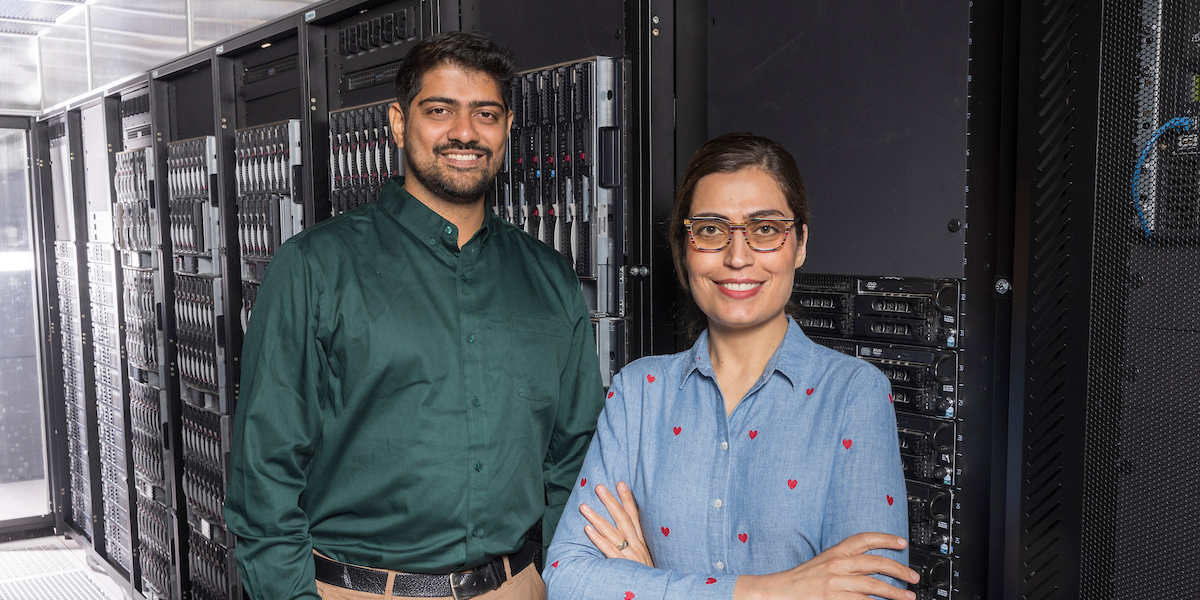Data center research group earns additional NSF funding

A Binghamton University-led center that brings together academic and industry experts to reduce the energy consumed by data centers recently earned a new round of support from the National Science Foundation.
The Center for Energy Smart Electronic Systems, established in 2011 with NSF funding as an Industry/University Cooperative Research Center, or I/UCRC, enters its third phase with sites at the University of Texas at Arlington as well as Villanova University in addition to Binghamton. The center’s 15 industry partners include Microsoft, Meta (Facebook), Bloomberg, Verizon, Corning, NVIDIA and Honeywell.
Bahgat Sammakia, vice president for research at Binghamton, serves as the director of the center, known as ES2. He notes that the three campuses and the companies they work with have made significant advancements in establishing methods that allow data centers to operate as dynamic, self-sensing and regulating systems that are predictable and verified in real time.
“We are doing this at every level of thermal management, from the chip to the data center, using AI and neural networks to optimize energy consumption at a multitude of scales,” Sammakia says.
There are just 83 I/UCRCs across the country. To date, NSF has provided the center with nearly $4 million in funding.
Data centers are among the most energy-intensive types of buildings and account for an estimated 2 percent of the country’s total energy use, according to the U.S. Department of Energy.
ES2 aims to help reduce that number — or to keep it in check — as data center usage continues to grow, in part by minimizing waste and recovering waste heat generated by data centers. In Phase III, ES2’s mission will expand to include edge computing, incorporation of renewable energy sources and cooling high heat-flux data centers as well as finding innovative ways to reduce the environmental impact of the data center ecosystem.
ES2’s research infrastructure across the three university sites includes:
- A one-of-a kind data center research laboratory and thermal lab at Binghamton.
- An electronics cooling lab, including a state-of-the-art immersion cooling facility, two data center lab facilities and an engineering research lab at UT-Arlington.
- An advanced liquid cooling laboratory for high-powered data center equipment and a high-performance computing laboratory at Villanova.
These facilities enable ES2 researchers to build, test and verify models and simulations at device, component and room scales.
Read more: https://discovere.binghamton.edu/news/es2-8291.html
